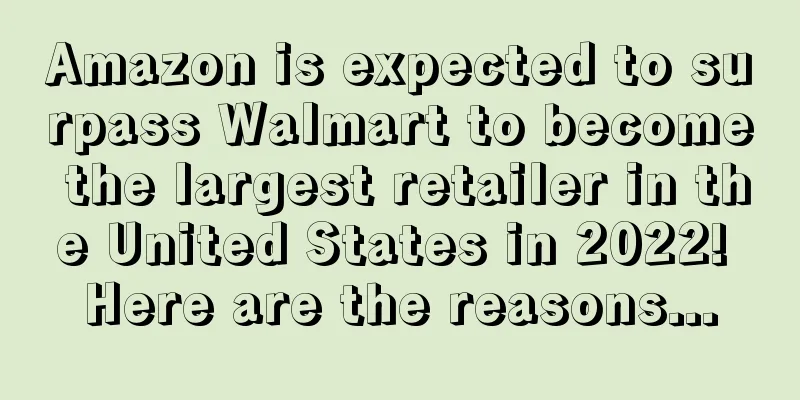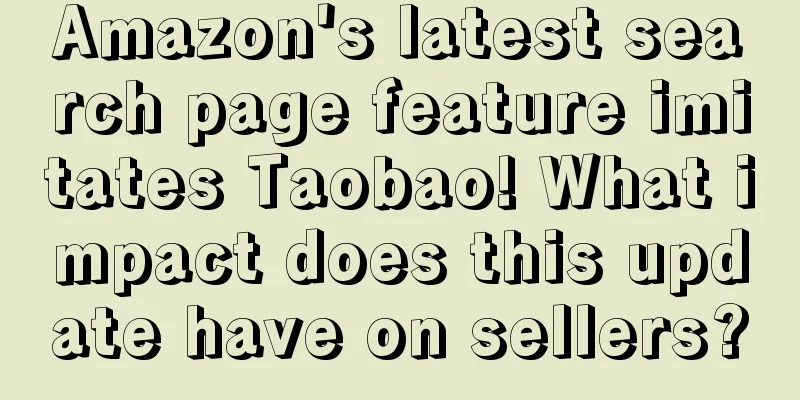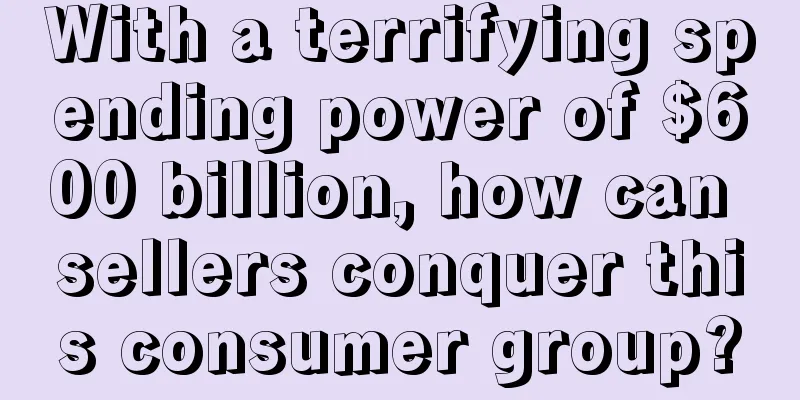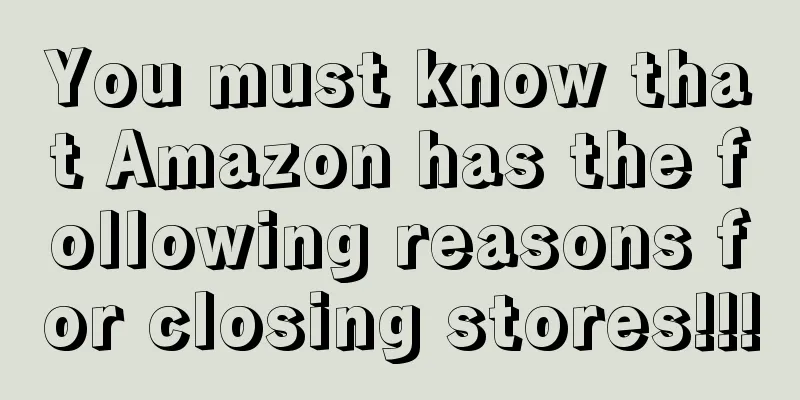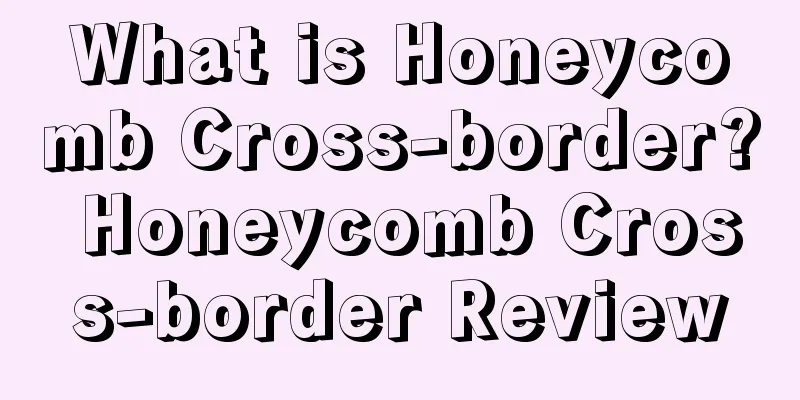The CPC of some categories on Amazon is as high as 8-10 US dollars? In the era of high-cost operation, should we choose high-priced products or low-priced products? How can we maximize profits?
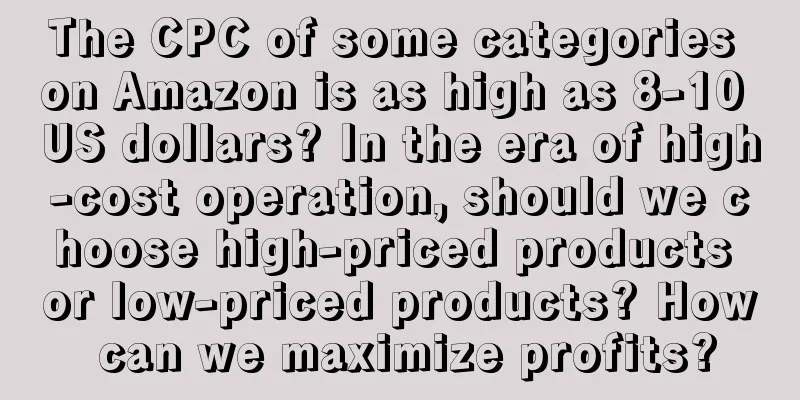
|
Lost Uncle Cause Analysis The relationship between Acos and product unit price When the advertising share is 100%, your Acos is the proportion of your advertising. In this case, we analyze the factors affecting Acos and can directly show your profitability. = (number of ad clicks * CPC) / (number of ad clicks * conversion rate CVR * unit price) =CPC/(CVR*unit price) From the derivation, it can be seen that, assuming that CPC remains unchanged, Acos depends on the value of CVR*unit price. Ideally, the maximum CVR and the higher the unit price are, the best (a brand may achieve such an effect, with a higher unit price and better conversion than others), but in reality, the higher the unit price, the lower the conversion rate. This requires reaching a balance to maximize the product of the two. Analysis and Conclusion Case A: The unit price is $30, and the conversion rate is 10%, so the multiplier is 30*0.1=3; Case B: The unit price is $50, and the conversion rate is assumed to be 5%, the product is 50*0.05=2.5; Case C: The unit price is $100, and the conversion rate is 2%, so the product is 100*0.02=2; (Note on conversion rate: The above conversion rate can only be an assumption, because the conversion rate itself is rather volatile. Some people will choose the average conversion rate of the category, and some people will buy competitor data as a reference. I personally think it is fine as long as it is of reference value.) In the above 3 cases, the optimal solution should be A. The difference between Acos of A and C is 1.5 times. Of course, the conversion rate here is a hypothetical value, which needs to be considered according to the actual situation, because different product selling points and the quality of listings will determine the difference in conversion rate. What we can do is to try to increase the conversion rate regardless of high-priced or low-priced products. For product selection, we can only try both high-priced and low-priced products. With more products, we can test which one is better. The above is my personal opinion. You can express your insights based on your actual situation. Discussions, supplements and corrections are welcome. "Wonderful Reply" Zhang Heng Agree from: mason1968reznov, 零零1111, 木sjfx1, 社社人儿, innnee More » What the uncle is talking about is a specific methodology at the practical level. Most of the comments are about theories related to product selection. It’s not that they are wrong, but they are off topic. When the product acos is relatively low, the proportion of advertising orders is not particularly important, because the overall profit is expected to be good; when the acos is relatively high, a certain proportion of organic orders is required to achieve break-even (proportion: pricing profit margin/actual acos, break-even), and then a higher proportion of organic orders is required to achieve maximum profit (the organic order proportion at this time is set to R, then the expected profit margin at this time = pricing profit-R*actual acos) In other words: the higher the product's estimated ACOs, the lower the possibility of the product achieving profitability, the higher the operational capabilities and resources required (the higher the ACOs, unless the market is very large, otherwise 80% will be losses), and the longer the profit cycle (but these indicators are difficult to predict, and the traditional way of predicting profits is too ridiculous. It is best to further subdivide the indicators based on your own experience in promoting products in a specific category, rather than directly filling in the monthly order volume, organic order ratio, ACOs, etc. according to the template for a product. The more you believe in breaking the template, the greater the loss. Now is not the stage where you can make money by just launching a product)
Anonymous user Agree from: greats, greedy piggy Product selection has always been about pursuing profits, how to use the least amount of money to maximize profits, so this kind of product is acceptable to our small company.
Ye Gucheng w - Diligence makes you proficient, playfulness makes you waste, and thinking makes you fail. Agree with: Kriseyang, ak520110, JosephGan, Morven, Xiaoma Xiaoma More » Why bother with the price? It's like choosing between eating steak at a five-star hotel or eating barbecue at a street stall. The key is your wallet and appetite, right? Anonymous user For small companies on Amazon, should we choose high-priced products or low-priced products as our main focus? Able1234 - Former home furnishing industry trader, now a fraudster in the clothing industry Agree with: lpgliqinger 、 Ansonic 、 Schwarzzz 、 zzzfanren 、 Jessie90418 More » I don't know what you are analyzing. Take CPC for example. There are high-priced products with low CPC and low-priced products with high CPC. You need to estimate it in the product selection stage. The main pain point of high-priced products and low-priced products is cost. Under the same quantity, high price means greater financial pressure. There is no problem as long as the expected investment ratio is reasonable. Only the last sentence in the whole article is correct, that is, to do conversion rate, but it is just a correct nonsense. Anonymous user Agree with: Pigs also have ideals, Morven Are you off topic? The main text and your title don't seem to be very relevant. Secondly, the main content of your article is about ACOS. Does this indicator play such an important role in your product selection? Instead of pursuing ACOS, it is better to pursue tacos, which can better reflect the role of advertising and your overall profit situation. Greedy little pig - oh this is Agree from: biki2018, fineyishun The starting point of this logic is wrong. You should first find a category where you can make a profit, even if it is a category with less competition, and then expand to adjacent categories. Otherwise, if you make a lot of products and all of them lose money, your gold and silver mountains will be empty.
happy520 -The harder you work, the luckier you will be. . . In fact, it doesn't matter which direction you go. It depends on whether it suits your own operating model. If you are doing a blockbuster model, don't try to learn the boutique model, and if you are doing a boutique model, don't try to learn the blockbuster model. Each of you should be Amazon within your own circle of competence.
Anonymous user Agree from: Lost Uncle There are very few natural positions with high customer unit prices, so you have to keep advertising. The proportion of advertising is high. Products with low customer unit prices are easy to increase in volume and have high sales. It will be easier later. It depends on personal choice. Which method to choose?
BENNY2023 Agree from: 131782**, as112233, Daidai eating watermelon, Holshet, It's a little monster More » The essence of product selection and sales is profit. It is too one-sided to discuss product selection based solely on unit price or ACOS. More attention should be paid to gross profit, competitiveness, capital allocation, etc. |
Recommend
What is Magnit? Magnit Review
Founded in 1994 in Krasnodar, southern Russia, Mag...
What is Gulf GCC certification? Gulf GCC certification evaluation
GCC is the inspection of the Gulf Cooperation Coun...
Delete negative review contact template (absolutely useful)
On the bloody Amazon platform, no matter you are ...
If this notification appears in the Amazon backend, don’t do it!
Today, a large number of sellers in our group res...
Many places in Europe are boycotting Amazon, and sellers' orders may continue to decline...
Black Friday is the most anticipated sales period ...
What is Weikelu Overseas Warehouse? Weikelu Overseas Warehouse Review
Guangdong Weikelu Supply Chain Logistics Co., Ltd....
Evergreen generously gave away 300 million yuan in mid-year bonuses, but SHEIN refused to "repay"?
▶ Video account attention cross-border navigation ...
What is Shopee Cash on Delivery? Shopee Cash on Delivery Review
Cash on delivery means that after placing an order...
US grocery giant Albertsons launches "immersive shopping" video! Another step in e-commerce transformation!
According to foreign media reports, recently, the ...
CPSC urgently recalls this air fryer! Hot sale on Amazon, Walmart and other platforms!
<span data-docs-delta="[[20,"获悉,据外媒报道,10月1...
"Addicted to freeloading"? A tutorial on how to refund Amazon without returning products appeared online, and some sellers have suffered!
▲ Video account attention: cross-border navigation...
What is ZALORA? ZALORA Review
ZALORA is a leading brand in online fashion shoppi...
Amazon scans accounts again to check for fake orders! Some sellers have received warning letters
In the past two days, the outside world has been ...
What is Galeries Lafayette? Galeries Lafayette Review
Founded in the late 19th century, Galeries Lafayet...
How do I enable enhanced features such as brand analytics for authorized stores?
Assume that store A is a brand registered store, a...

